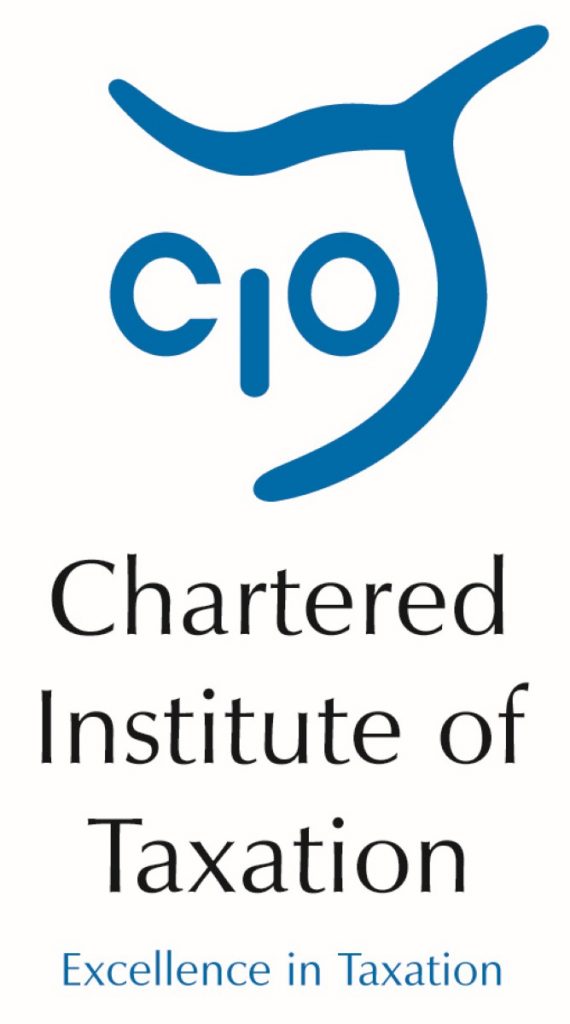The Low Incomes Tax Reform Group (LITRG) welcomes the new property and trading income allowances due to come into effect tomorrow (April 6) but is concerned that people may not find out about or clearly understand them.1
This might mean they miss out on tax-free allowances of up to £2,000 in total a year, or a tax saving of up to £400 a year for a basic rate taxpayer if both the trading and property allowances apply.
In Budget 2016 the-then Chancellor George Osborne announced two new £1,000 allowances each for property and trading income. These are now due to take effect, but the absence of guidance for the public ahead of the start of the allowance on Thursday may result in seriously low take-up, LITRG warns.
LITRG recommends that clear guidance is provided covering topics such as: who can use these new allowances; when business records need to be kept; making elections for partial relief; and when HMRC need to be informed about a new trading business or property income.
Anthony Thomas, LITRG Chairman, said:
“Lack of guidance may lead to unnecessary confusion among those likely to benefit most from the new reliefs – people on low incomes who cannot afford professional advice. There is a particular risk for benefits claimants, as the new rules apply for tax and tax credits only – so the income will still be counted for means-tested benefits purposes unless any separate ‘disregard’ applies2 and regretfully many will simply be unaware which is a pity.
“Clear and detailed guidance must be available as soon as possible and HMRC must publicise these tax reliefs more widely to ensure that people know when and how to claim them. This guidance should clarify what trades and income can benefit from using the trading allowance. It would be helpful in any guidance to provide specific examples including online trading, for example through online auction websites, and advising at what stage HMRC should be notified about a new business.
“Assuming that income is being correctly reported for means-tested benefits purposes, the DWP should liaise with HMRC when a universal credit claimant is close to the trading and property allowance threshold so that the claimant can be prompted to notify HMRC and pay the correct amount of tax.
“The trading and property allowances are another example of fixed sum tax measures being introduced, with no provision for annual uprating. The level of both allowances will need to be reviewed regularly so that they are not eroded by inflation and we would strongly support such a measure.”
Notes for editors
1. The trading and property allowances are each worth £1,000 a year (just under £20 a week), starting from 2017/18. If both apply, this gives a maximum allowance of £2,000. The Government’s aim is to provide simplicity and certainty regarding income tax obligations on small amounts of income from providing goods, services, property or other assets. The Government announced at Autumn Statement 2016 that the trading allowance will also apply to certain miscellaneous income from providing assets or services. This change will reduce the complexity for some individuals who will no longer have to decide if the activity amounts to a trade or not.
If you have income before expenses of over £1,000, the new allowances will allow you to deduct £1,000 instead of claiming for actual expenses.
For example, in 2017/18 Trevor earns £1,500 doing self-employed gardening work at the weekends. He could either choose to take off the £1,000 trading allowance and pay tax on £500. Or if his tax-deductible expenses were £1,100, he could choose to take those off instead and pay tax on £400.
The £400 a year saving for basic rate tax payer quoted in the press release is £2,000 tax allowance at the basic income tax rate 20% (2000 x 20 per cent)
2. LITRG anticipates confusion among universal credit claimants because income that is eligible for these new tax allowances will still need to be reported to the DWP, even though it does not have to be reported to HMRC for tax reasons. It could be easy for universal credit claimants to make genuine mistakes with their financial record-keeping and when reporting their income because of the different treatments of the allowances for universal credit and tax purposes. This leads to a risk of claimants not realising they have to report income to the DWP.
In contrast, income for tax credits will follow the relevant tax rules and so these new allowances will be reflected in tax credit claims. However, this could lead to further confusion for claimants of the property and trading income allowance when claimants move from tax credits to universal credit in future years.
3. Low Incomes Tax Reform Group
The LITRG is an initiative of the Chartered Institute of Taxation (CIOT) to give a voice to the unrepresented. Since 1998 LITRG has been working to improve the policy and processes of the tax, tax credits and associated welfare systems for the benefit of those on low incomes.
The CIOT is the leading professional body in the United Kingdom concerned solely with taxation. The CIOT is an educational charity, promoting education and study of the administration and practice of taxation. One of our key aims is to work for a better, more efficient, tax system for all affected by it – taxpayers, their advisers and the authorities. The CIOT’s work covers all aspects of taxation, including direct and indirect taxes and duties. The CIOT’s 18,000 members have the practising title of ‘Chartered Tax Adviser’ and the designatory letters ‘CTA’, to represent the leading tax qualification.
Contact: Hamant Verma, External Relations Officer, 0207 340 2702 HVerma@ciot.org.uk (Out of hours contact: George Crozier, 07740 477 374)





-01.png)